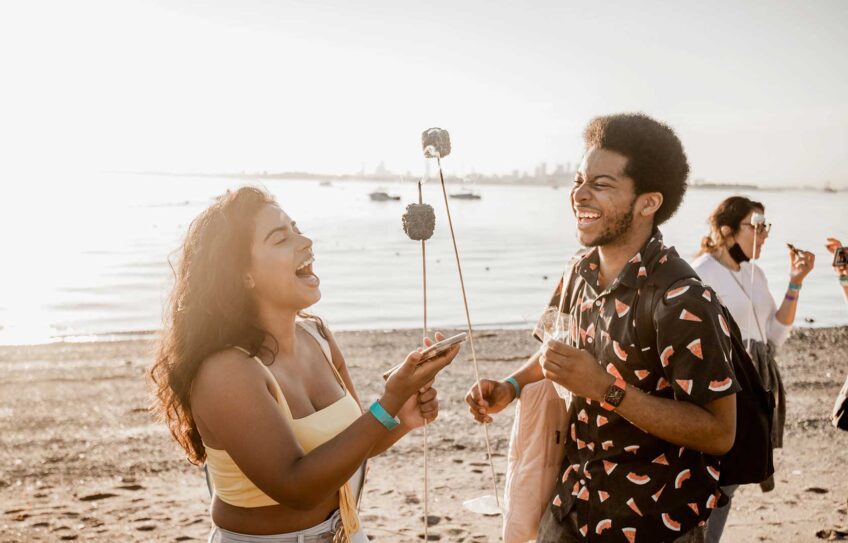Dancing into the revolution — Boston Ballet highlights black dancers in formerly controversial piece
Running Feb. 27 through March 8, “rEVOLUTION”

Running Feb. 27 through March 8, “rEVOLUTION” at Boston Ballet highlights three choreographers who took dance to its very physical and artistic limits: George Balanchine, Jerome Robbins and William Forsythe. Though the pieces in the show date as far back as the 1950s, their power and vision continue to resonate with contemporary audiences.
Balanchine, Robbins and Forsythe are responsible for the type of modern ballet we’re used to today, when costumes and fairytales are stripped away to highlight the storytelling power of the dancers and their movements.
Technique is the first and foremost type of revolution happening on stage, but Balanchine’s piece “Agon” was part of the social revolution of Civil Rights as well. Balanchine wrote the central duet in the piece for white dancer Diana Adams and black dancer Arthur Mitchell, who went on to found the Dance Theater of Harlem. At the time — 1957 — it was unprecedented to have a biracial couple performing such a sensual dance together.
Today, two dancers of color, Desean Taber and Chyrstyn Fentroy, will perform the dance, though in separate pairings. Fentroy was a principal dancer at the Dance Theater of Harlem before coming to the Boston Ballet, and Taber studied almost exclusively at Balanchine schools, so they both have a strong connection to the piece. “The fact that it’s relatively normal to have people of color on stage performing these roles that once caused so much backlash, it speaks really well to society and how we’re moving forward,” says Fentroy.
Both dancers have put their all into “Agon,” because the unconventional music by Igor Stravinsky, featuring sporadic, nontraditional counts, requires special focus. Fentroy says the piece fits in well with the rest of the program; she points out a similarity in the mathematical, geometric styles of Forsythe and Balanchine. In addition to “Agon” the evening will include “Glass Pieces” by Robbins, who was Balanchine’s successor, and “In the Middle, Somewhat Elevated” by Forsythe.
“Agon” isn’t a narrative piece, but it’s an aesthetically stunning and athletically complex performance. According to Taber, the piece perfectly illustrates the innovation of modern ballet.
“It doesn’t have to be a prince and a princess. It can be two very powerful people, a man and a woman, or two women, or two men, looking at each other as equal,” says Taber. “And I think that’s really relevant to our time now because we’re fighting for everyone to have equality. ‘Agon’ is like that.”








